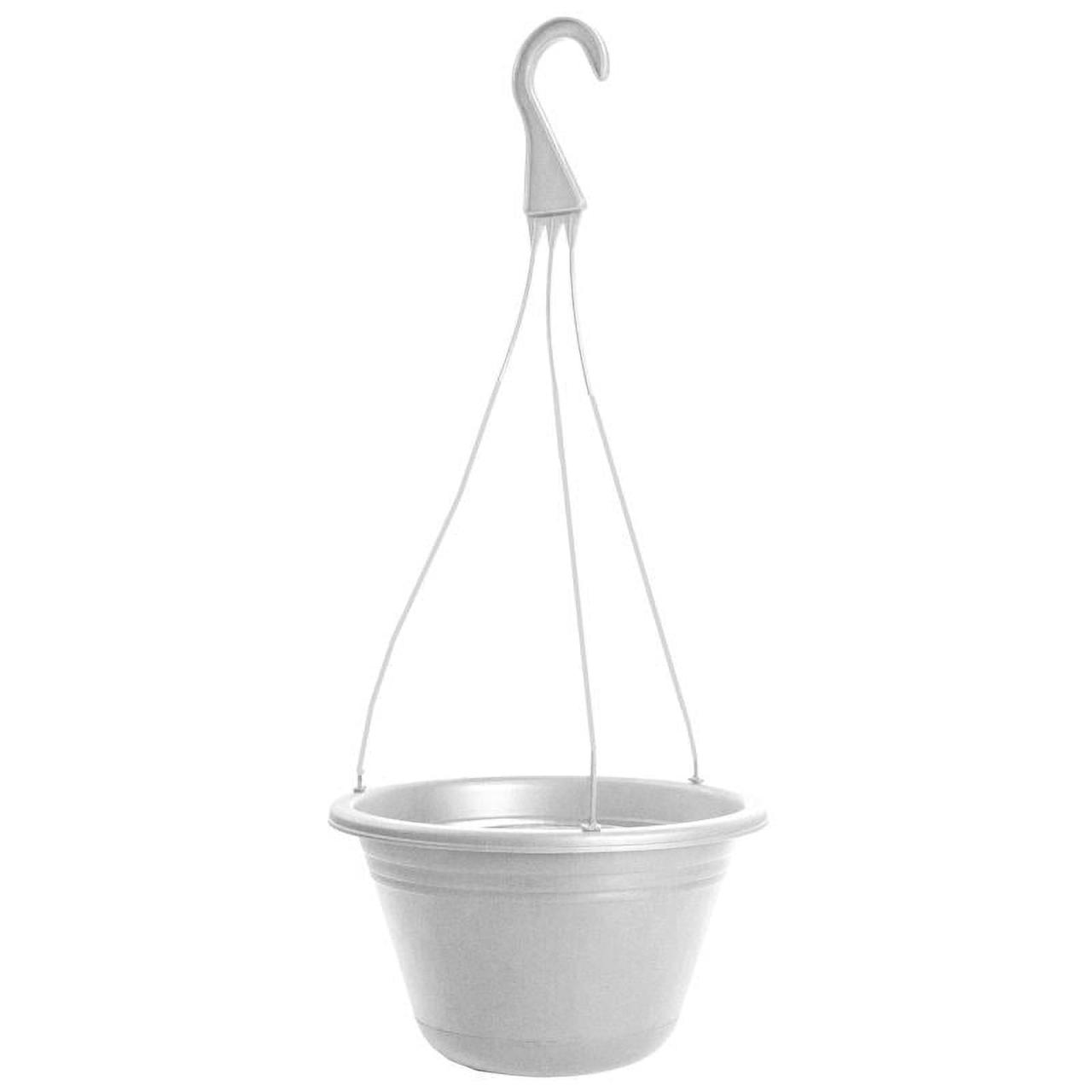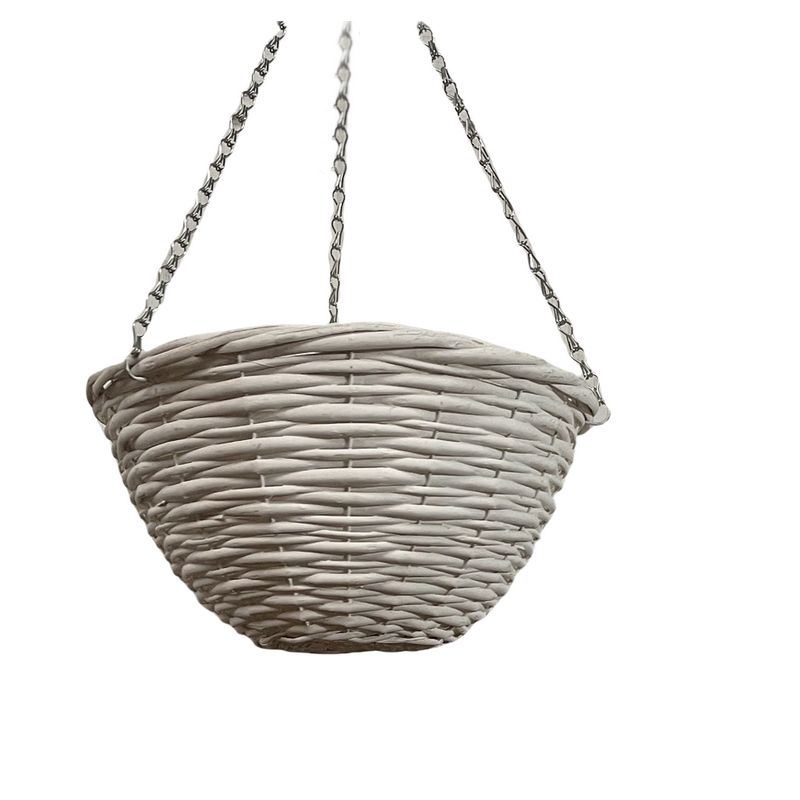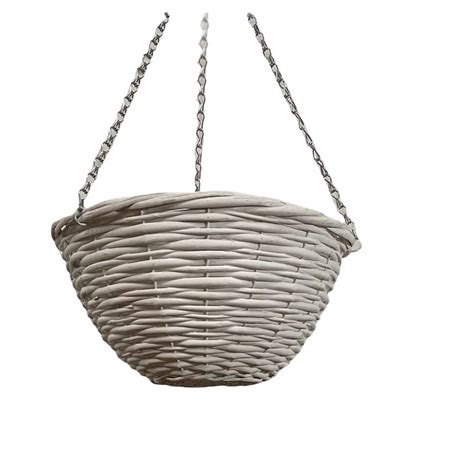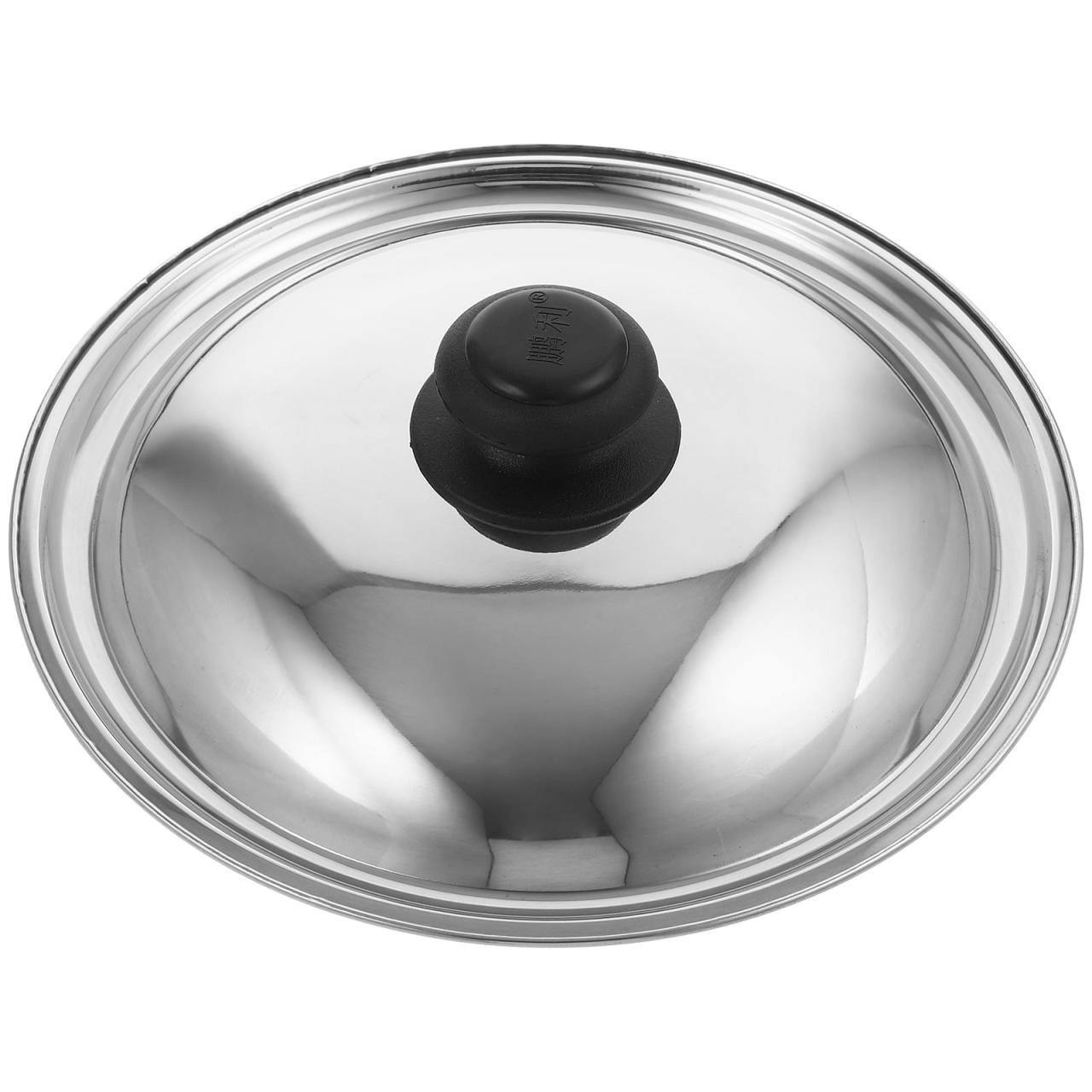Hanging baskets can add an elegant touch to any home or garden, and white baskets, in particular, serve as a beautiful frame for vibrant flowers and lush greenery. However, maintaining these baskets requires attention to detail and a bit of gardening know-how. In this article, we will delve into effective strategies for ensuring your white hanging baskets remain a stunning focal point in your space.
Choosing the Right Plants

The first step in creating a thriving hanging basket is selecting plants that not only complement each other but also thrive in the environment you can provide. Here are some tips on choosing the right plants:
- Consider Sunlight: Determine how much sunlight your hanging basket will receive. Full-sun plants, such as petunias and geraniums, thrive in direct sunlight, while shade-loving plants like ferns and impatiens will do better in low-light conditions.
- Mix Textures and Colors: Combining different plants can create a visually appealing display. Choose trailing plants like ivy or lobelia, upright plants such as salvia or marigold, and filler plants like coleus for a balanced look.
- Seasonal Variations: Consider planting seasonal flowers that bloom at different times to maintain visual interest throughout the year. For example, pansies in spring, petunias in summer, and ornamental kale in fall.
Soil Selection and Preparation
The right soil mix is essential for the health of your hanging basket plants. Here are key points to consider:
- Quality Potting Mix: Use a high-quality potting mix that provides good drainage while retaining moisture. Look for mixes that contain peat moss, compost, and perlite.
- Fertilizer Needs: Incorporate a slow-release fertilizer into your potting mix to provide essential nutrients over time. This can be supplemented with liquid fertilizer every few weeks during the growing season.
- pH Levels: Ensure the soil pH is appropriate for the types of plants you are using. Most flowering plants prefer a slightly acidic to neutral pH (6.0 to 7.0).
Watering Techniques
Watering is one of the most critical aspects of maintaining hanging baskets. Here are some tips for effective watering:
- Consistency is Key: Hanging baskets can dry out quickly, especially in hot weather. Check the soil moisture daily and water when the top inch feels dry.
- Deep Watering: When you water, make sure to soak the soil thoroughly until water drains out of the bottom. This encourages deep root growth.
- Time of Day: Water early in the morning or late in the evening to minimize evaporation and prevent leaf scorch.
Pruning and Pinching
Keeping your plants healthy and bushy requires regular pruning and pinching. Here’s how to do it effectively:
- Remove Dead Flowers: Deadheading (removing spent blooms) encourages new growth and keeps your plants looking tidy.
- Pinch Back Growth: To promote bushiness, pinch back the tips of your plants. This encourages branching, leading to a fuller appearance.
- Regular Maintenance: Inspect your plants weekly for any signs of disease or pests, and remove any unhealthy foliage immediately.
Managing Pests and Diseases

Even the most diligent gardeners can encounter pests and diseases. Here’s how to manage these challenges:
- Common Pests: Watch for aphids, spider mites, and whiteflies. Use insecticidal soap or neem oil for treatment.
- Disease Prevention: Ensure proper air circulation around your plants and avoid overhead watering to reduce the risk of fungal diseases.
- Regular Inspection: Check the undersides of leaves and the soil for signs of problems, and act quickly to treat any issues.
Seasonal Care Adjustments

As the seasons change, so do the needs of your hanging baskets. Here are adjustments you may need to make:
- Winter Care: In colder climates, consider bringing your baskets indoors or using frost-resistant plants. Ensure they receive enough light indoors.
- Summer Heat: In hot months, increase watering frequency to compensate for evaporation and stress on the plants.
- Fall Transition: Consider switching to fall-blooming plants such as chrysanthemums or ornamental cabbages for a seasonal refresh.
Case Studies and Real-Life Examples

To illustrate the effectiveness of these tips, consider the following case studies:
- The Green Thumb Community Garden: This community initiative used a combination of petunias, geraniums, and trailing vines in their white hanging baskets. Regular watering and deadheading led to a vibrant display that attracted local wildlife and delighted community members.
- A Local Florist: A florist successfully maintained white hanging baskets by adjusting watering schedules based on weather forecasts. They implemented a weekly check-up routine that included pest inspection and fertilization, resulting in year-round blooming baskets that drew customers to their shop.
Maintaining your white hanging basket is both an art and a science. By choosing the right plants, preparing the soil adequately, employing effective watering techniques, and managing pests, you can create a stunning display that thrives throughout the seasons. Remember, regular maintenance such as pruning, seasonal adjustments, and diligence in pest management are crucial for success.
In summary, whether you are a novice gardener or have years of experience, the joy of seeing your white hanging baskets flourish will be immensely rewarding. With the proper care and attention, your hanging baskets will not only beautify your space but also become a vibrant sanctuary for both you and your local environment.



